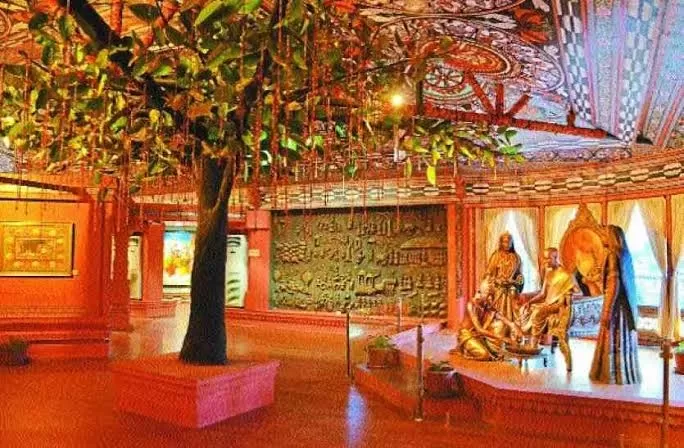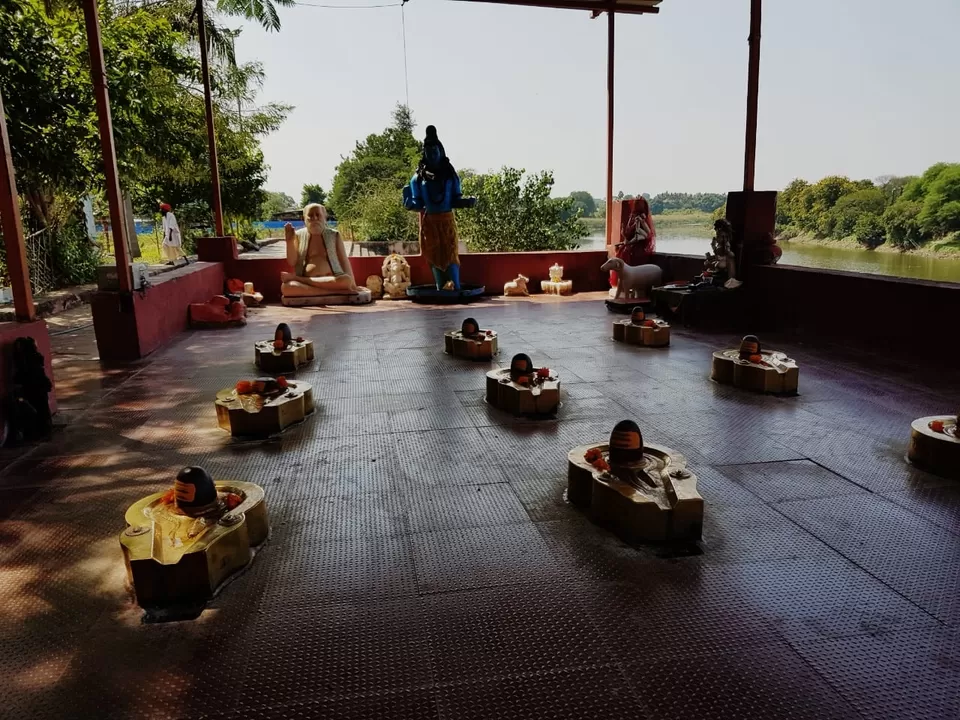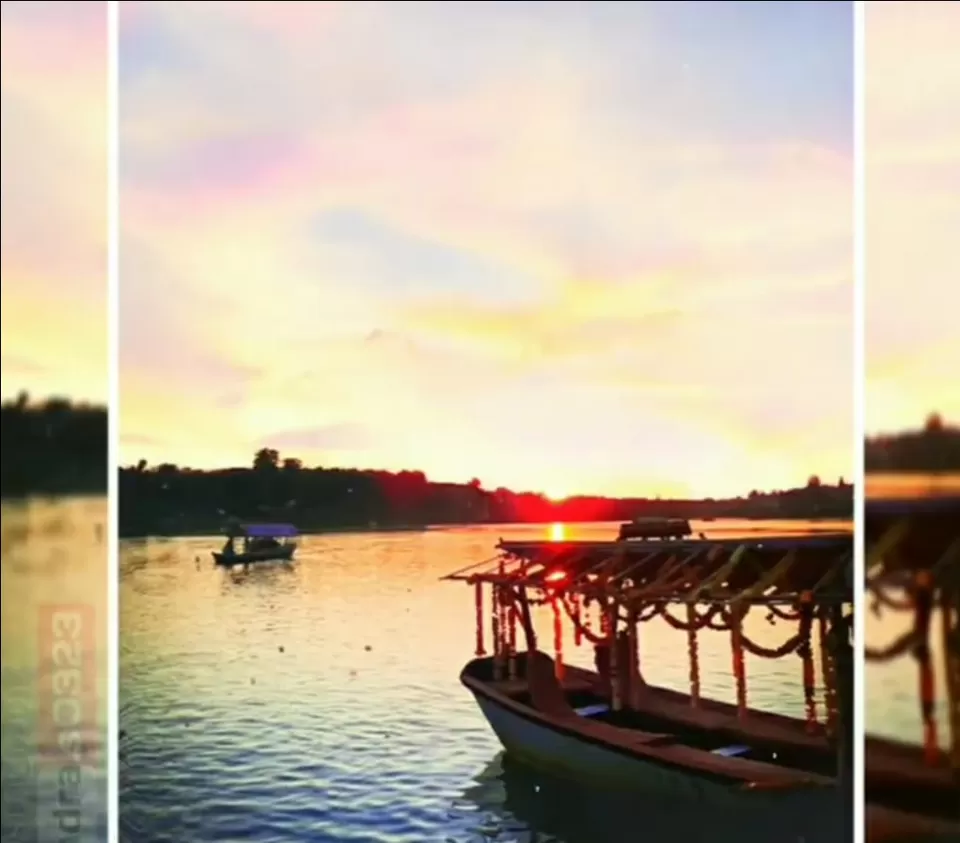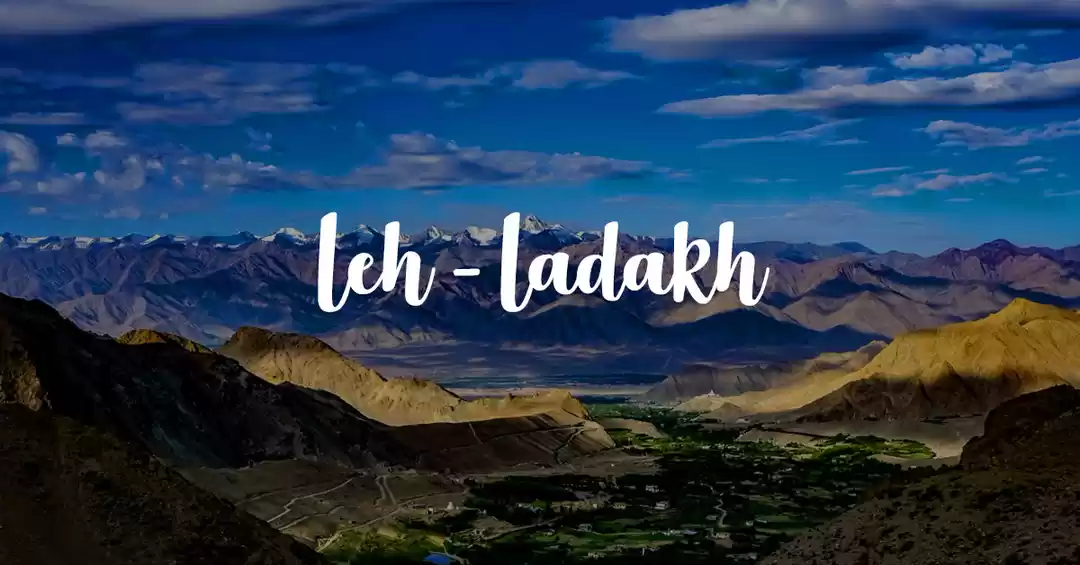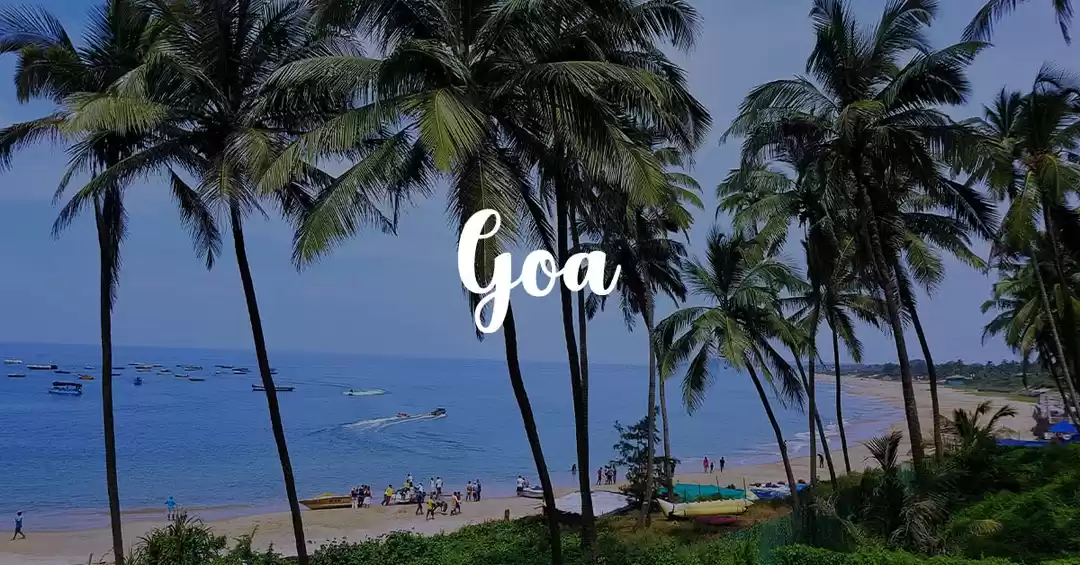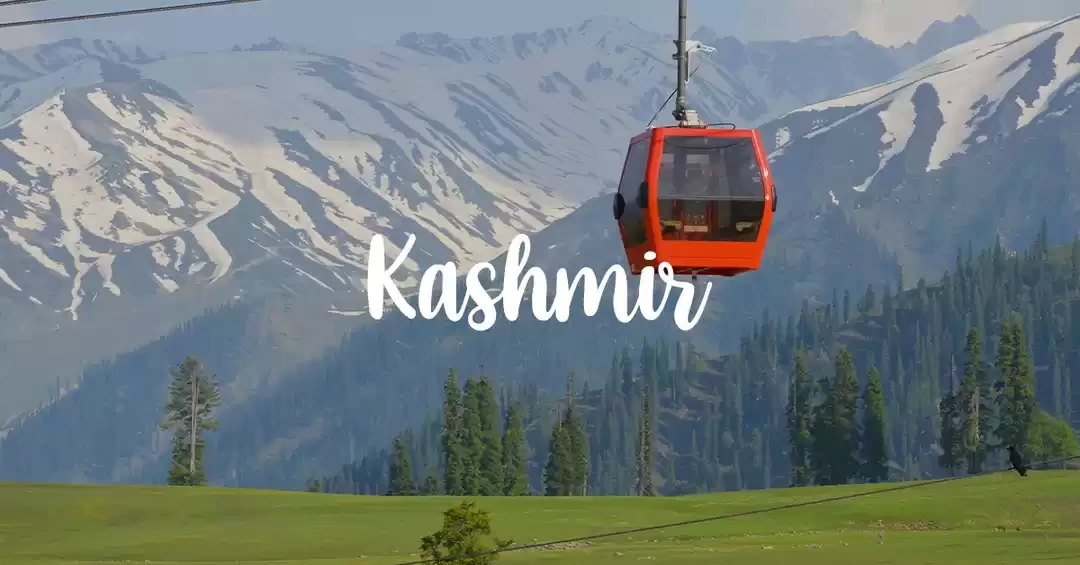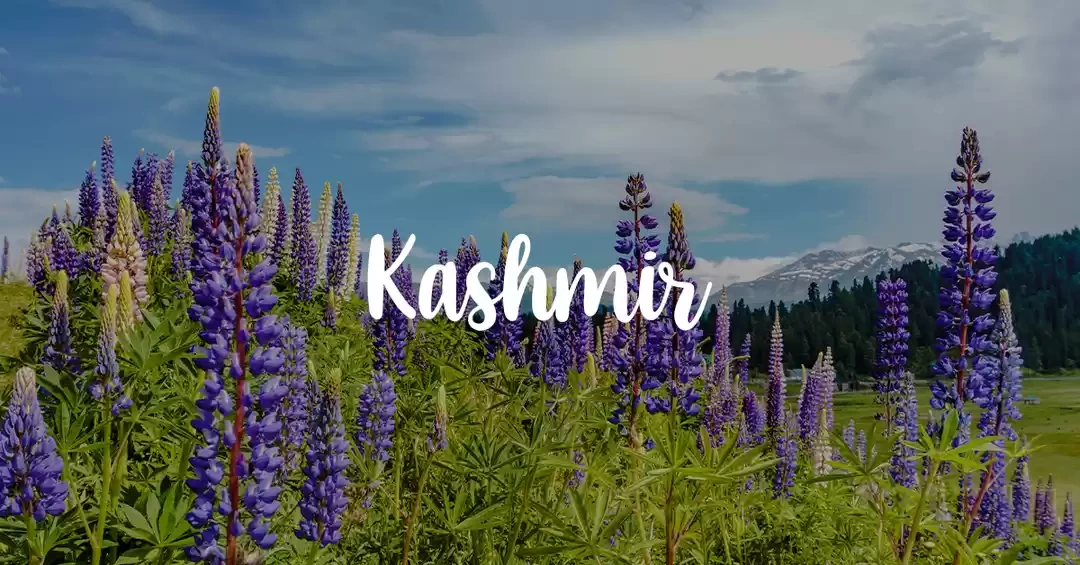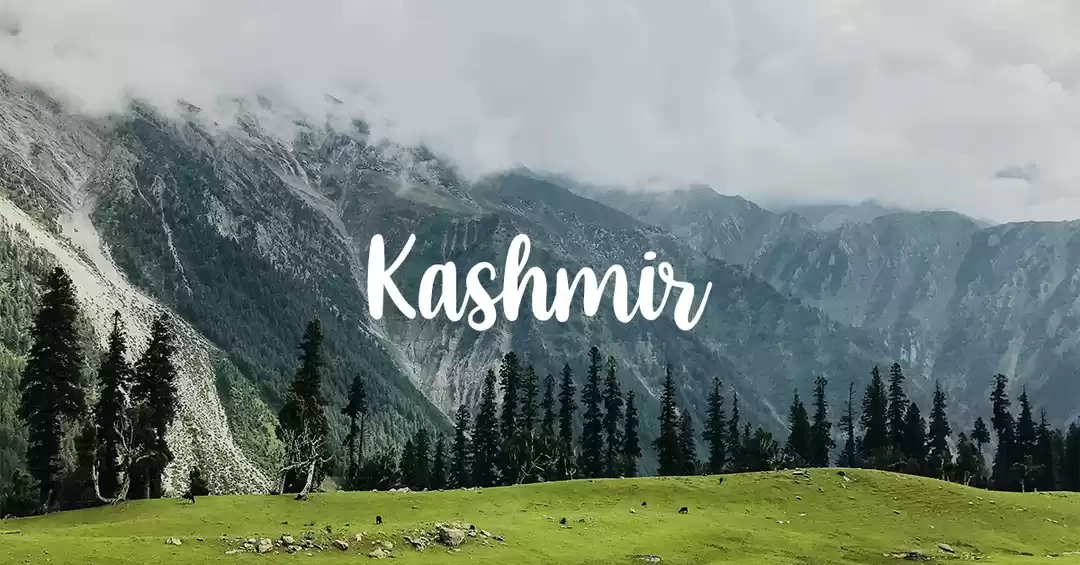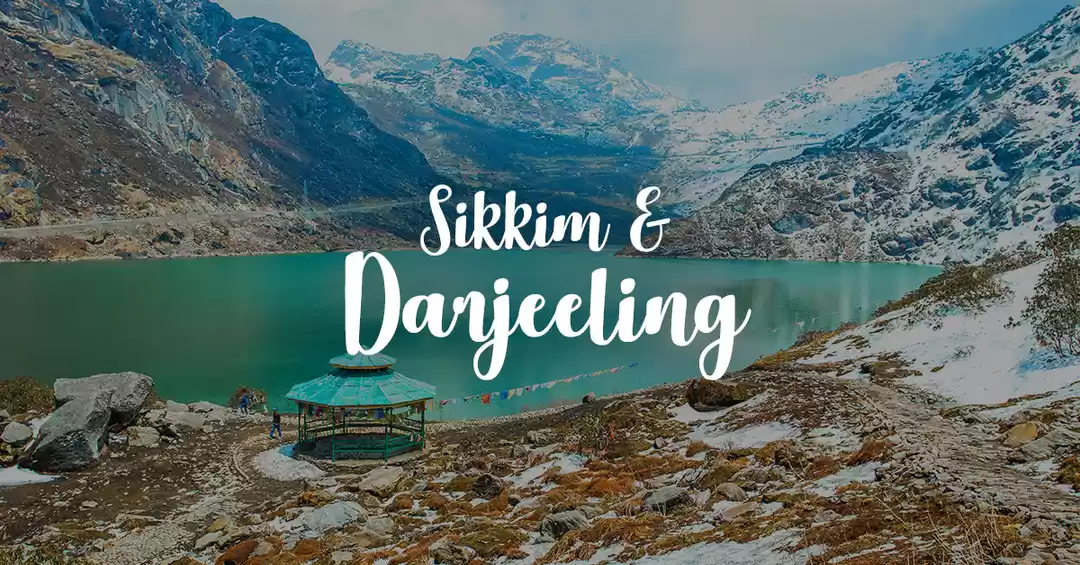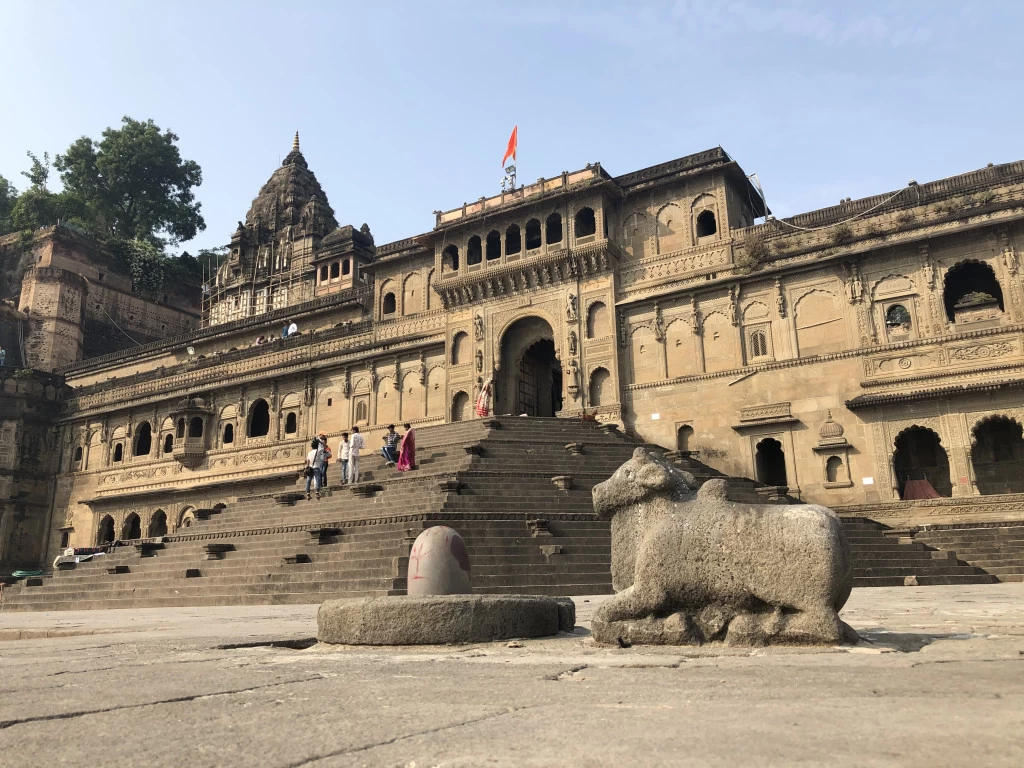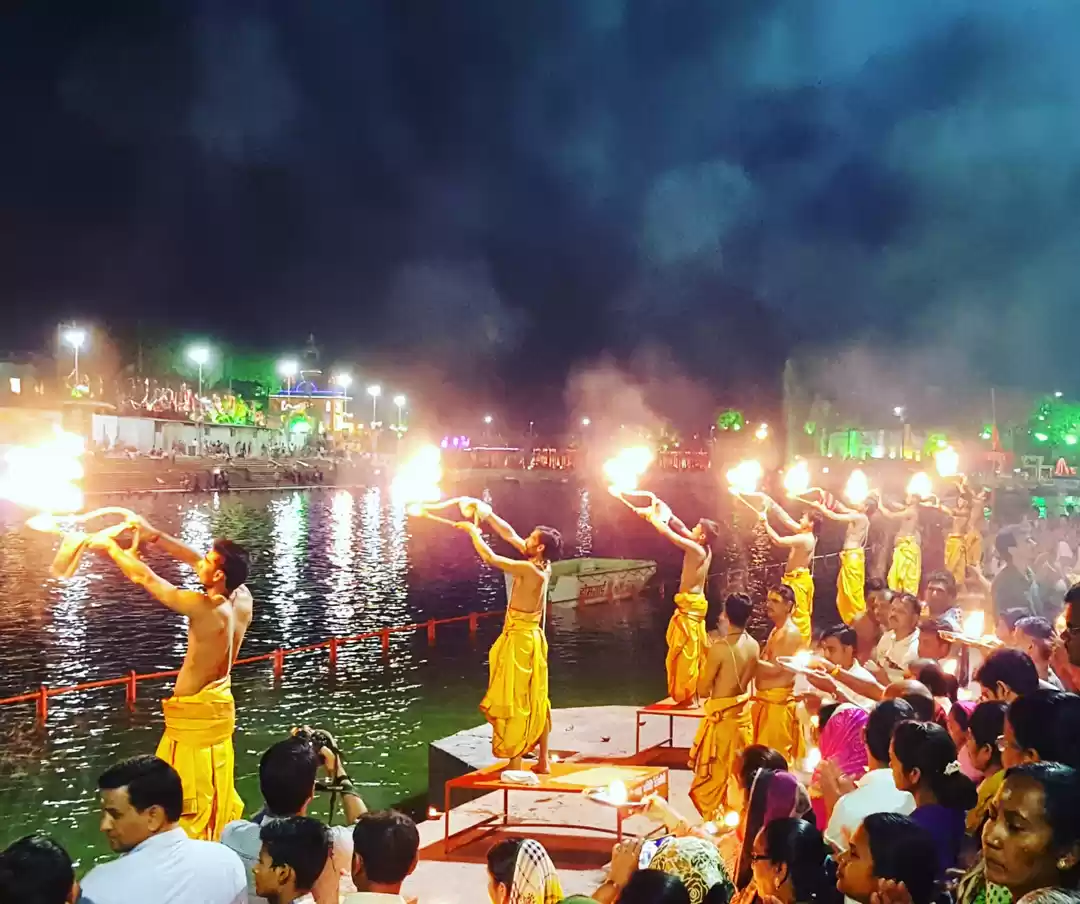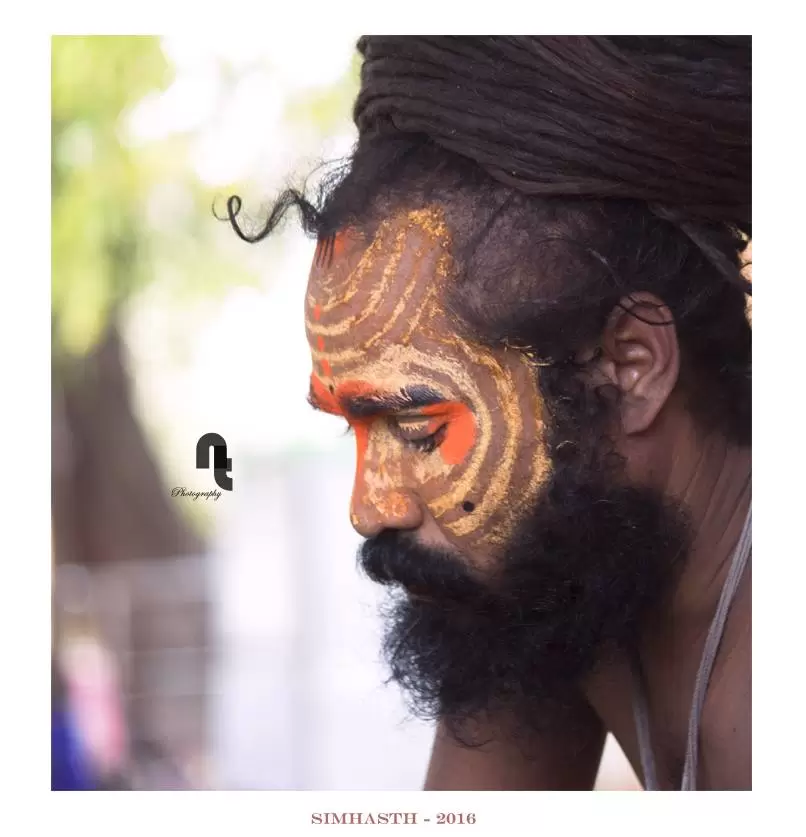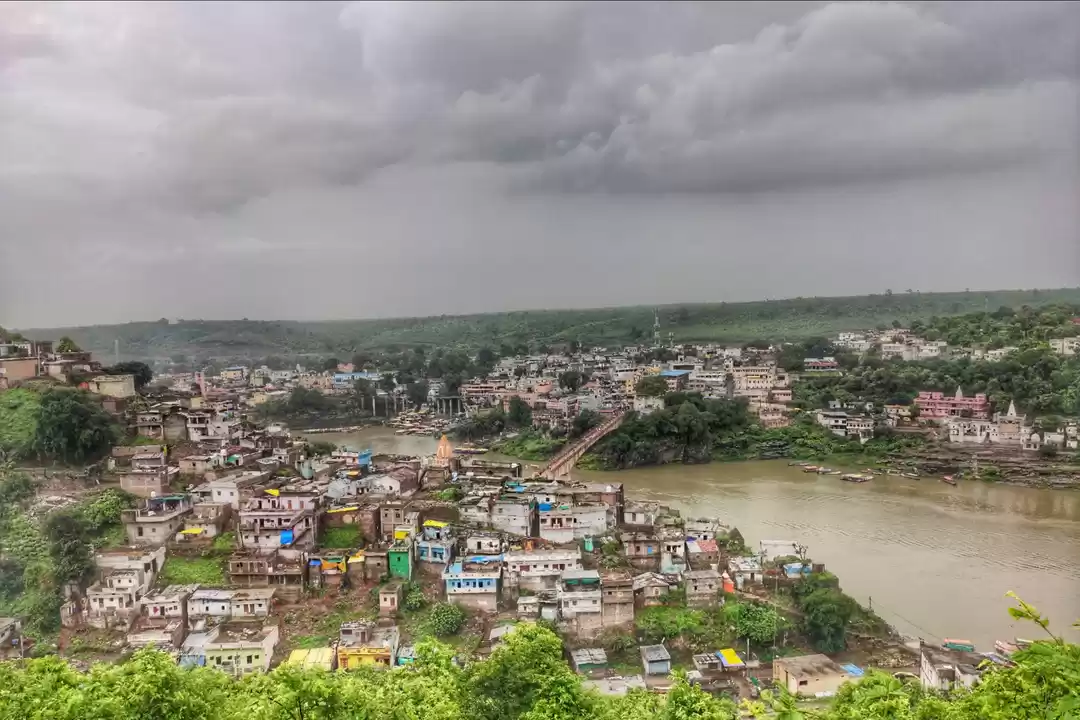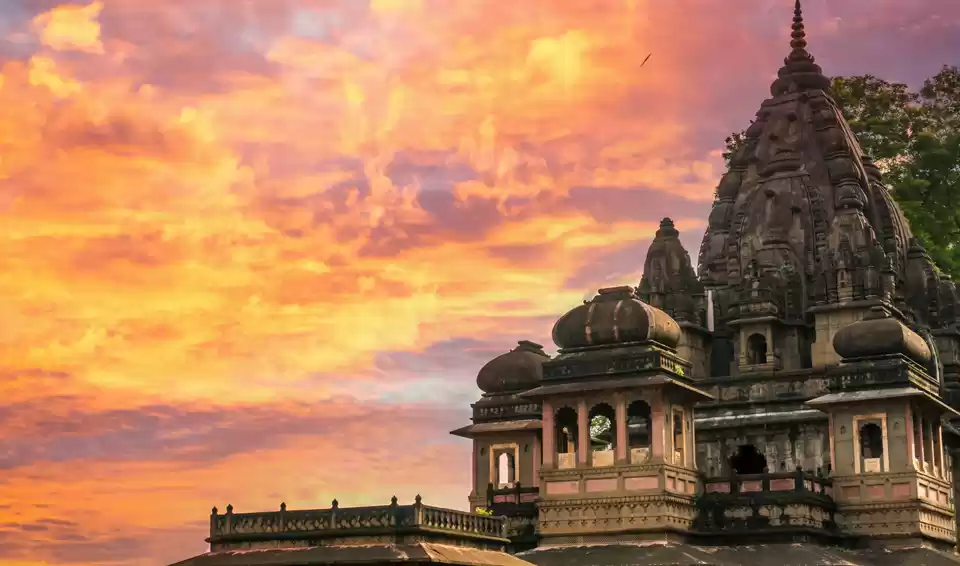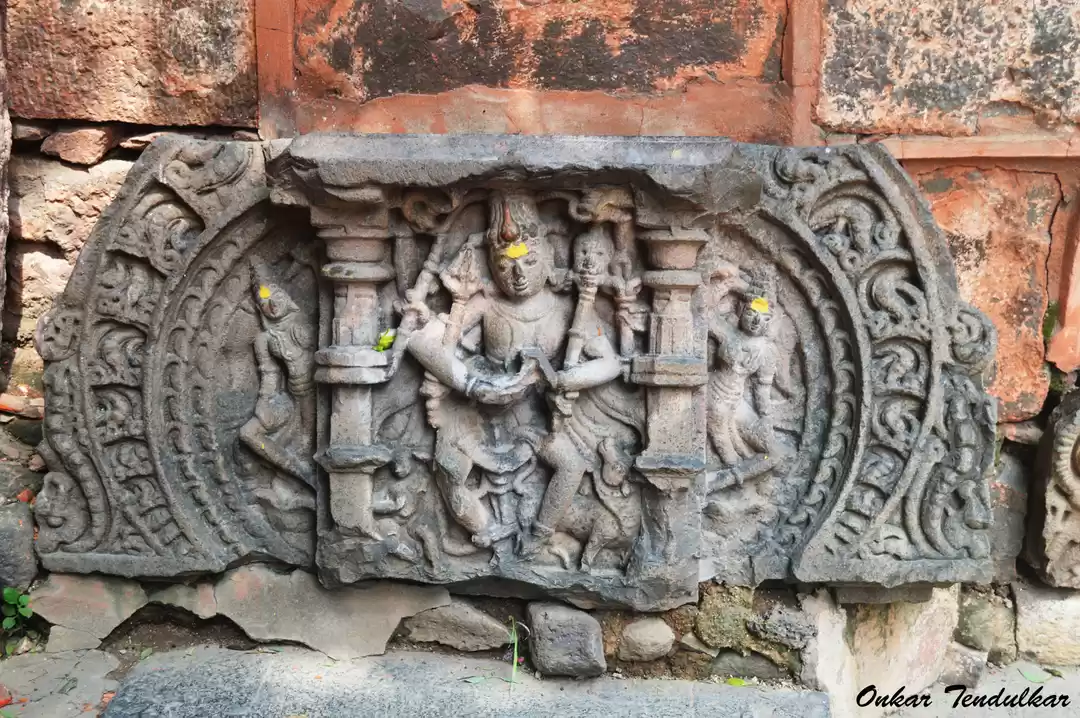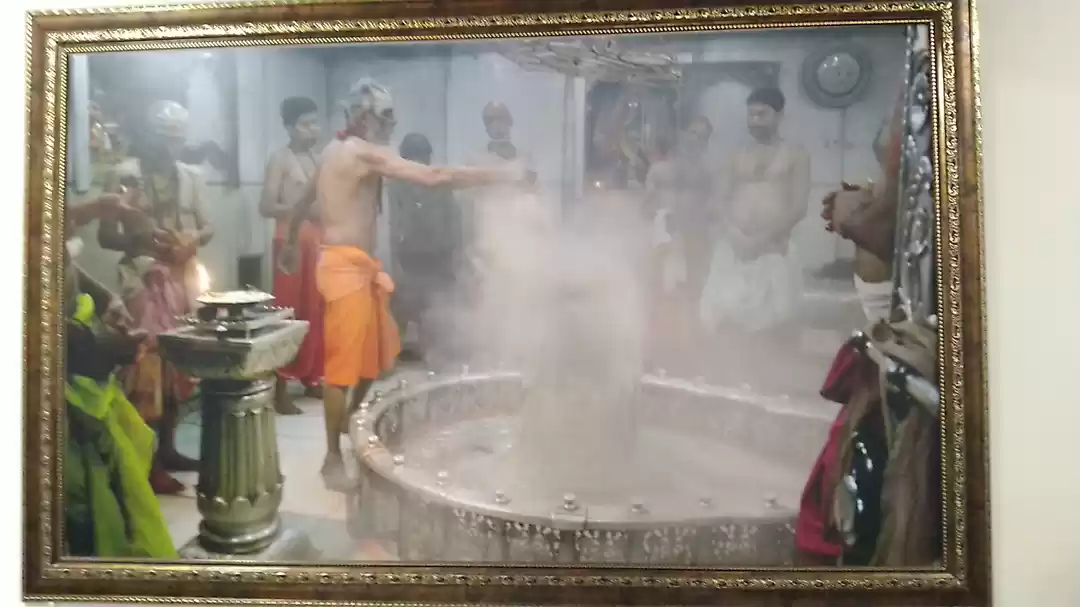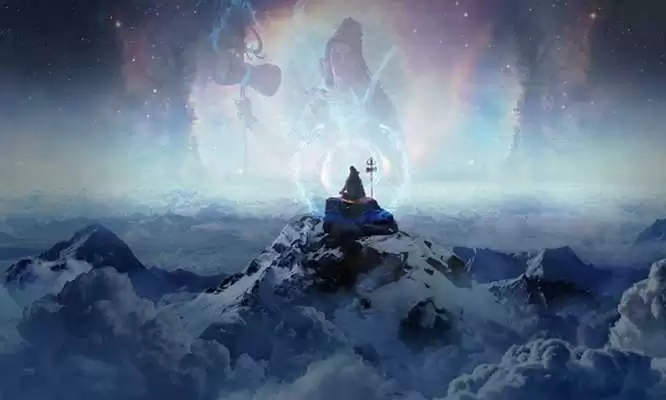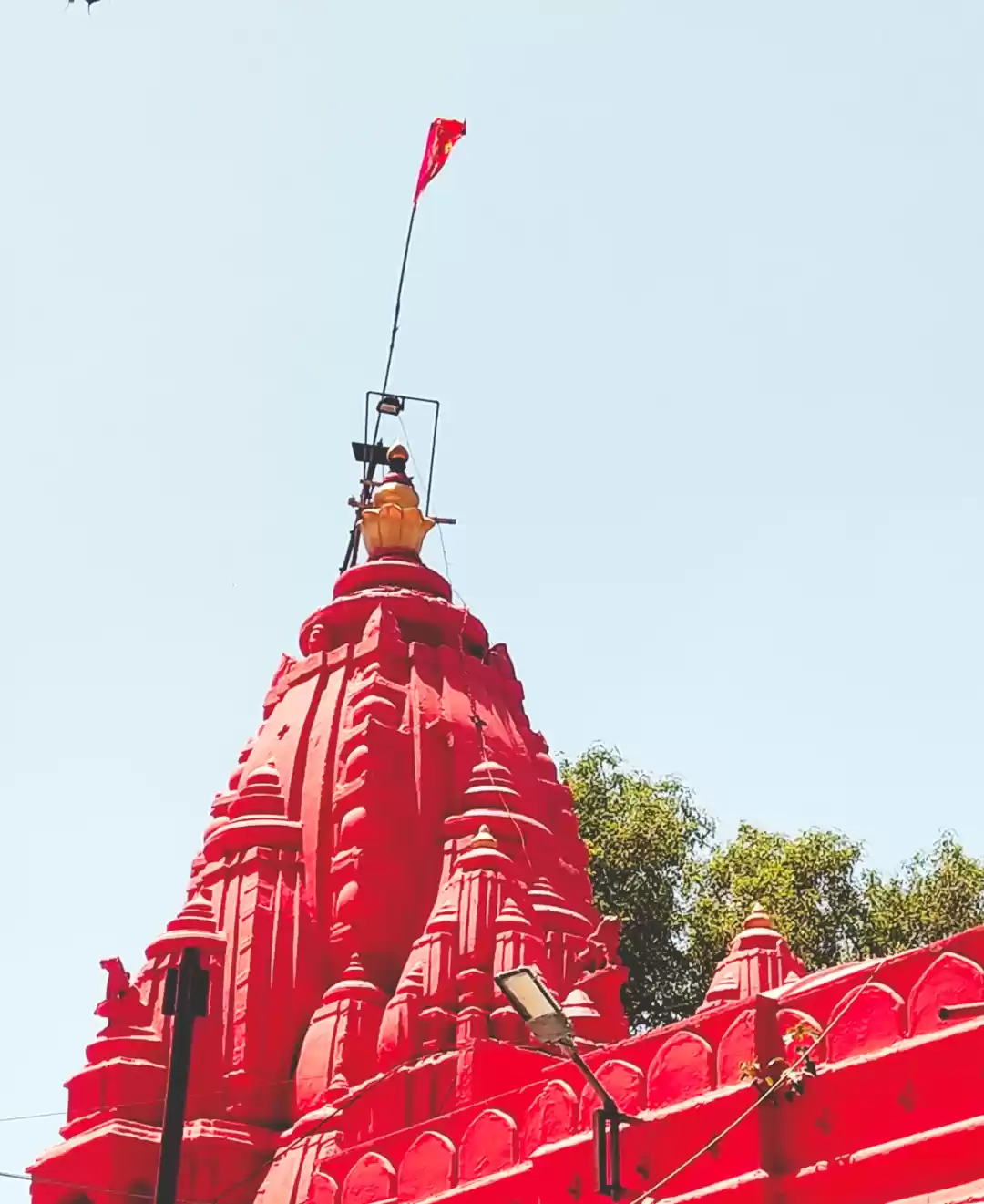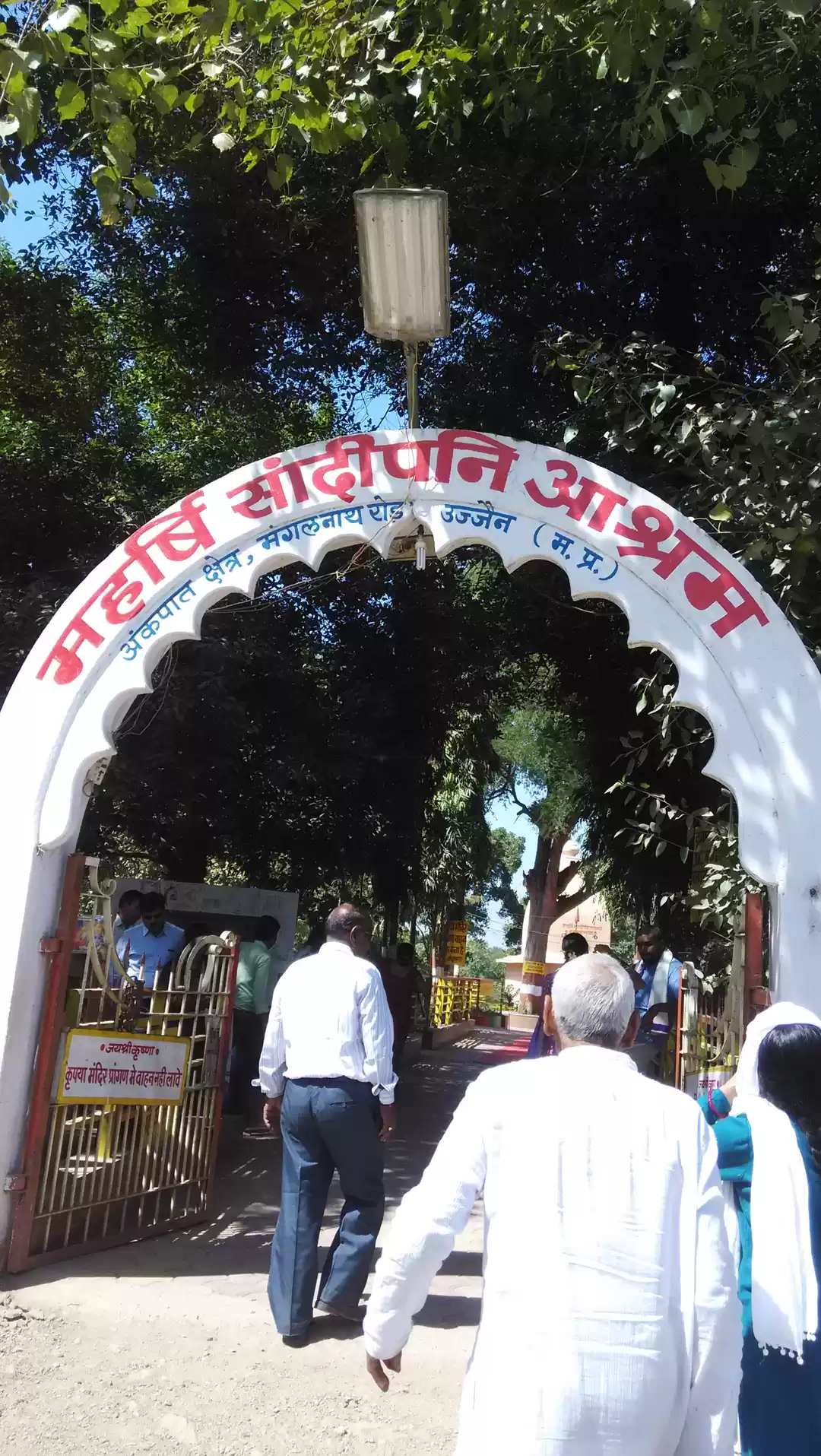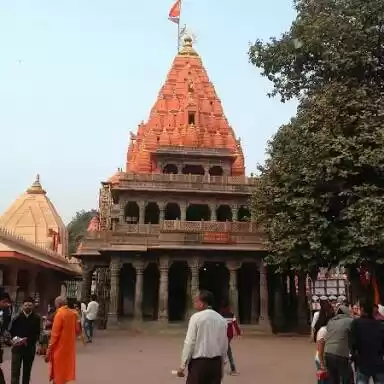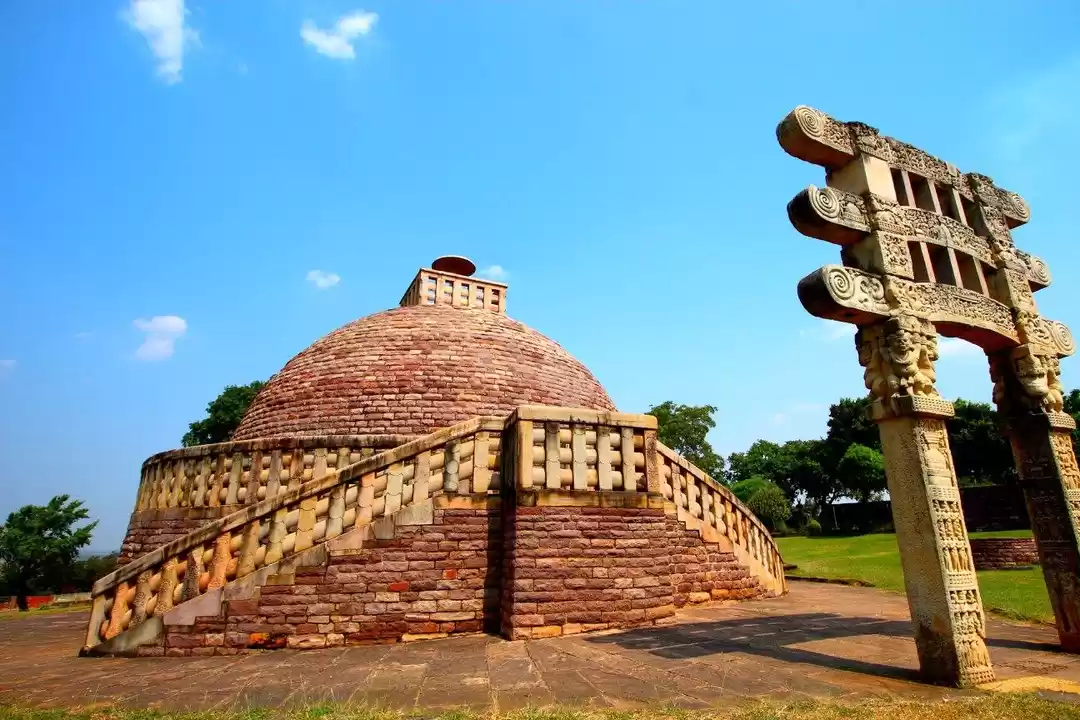
Along with Mandu and Omkareshwar, Ujjain forms part of the Golden Triangle in the Malwar Region of Madhya Pradesh. This holy city in the state's southwest is regarded as one of the seven holiest cities in India, making it one of the most popular Hindu pilgrimage destinations. Ujjain is particularly associated with Lord Shiva in the fierce form of Lord Mahakal, the destroyer of all elements, who protects the city.
The existence of Ujjain as an urban center can be traced all the way back to about 700 BC when it was known as Avantika, the capital of the Avanti kingdom, as mentioned in the Hindu epic The Mahabharata. This flourishing kingdom was on the trade route between north and south India. The city was taken over by first Mauryan emperor Chandragupta in the 4th century BC and remained important.
Ujjain has also featured in both ancient and modern literature. The great 5th century Indian classical Sanskrit poet Mahakavi Kalidasa, who was a court poet of the Gupta Empire, described the city in his work "Meghaduta." More recently, celebrated novelist E.M. Forster traveled through the area in the early 20th century and wrote about it.
Visiting temples is one of the top things to do in Ujjain. However, there are plenty of other attractions for those who aren't religious. The city's Old Town, to the north of the railway station, is most atmospheric.
Attend the Kumbh Mela
Hindu scriptures say that Ujjain is one of four holy places where drops of amrit (the nectar of immortality) fell during a legendary fight between gods and demons, known as Samudra Manthan. The Kumbh Mela festival is held at each of these places (the others are Haridwar in Uttarakhand, Allahabad in Uttar Pradesh and Nashik in Maharashtra) once every 12 years. The festival at Ujjain is called the Simhastha Kumbh Mela due to the certain configuration of planets, and the next one will happen in 2028. Attending is not for the faint of heart though! It's the largest religious gathering in the world, and it attracts millions of pilgrims and sadhus (Hindu holy men) every day. They come grand in procession to cleanse their sins by taking a dip in the Shipra River, and give discourses to curious spiritual seekers.
Go Temple Hopping
Ujjain is a city of temples and each one has mythological stories associated with it. In fact, there are so many temples it would take at least a couple of days to unhurriedly visit them all. Mahakaleshwar temple, where Lord Shiva resides, is the main temple. Notably, it has a unique ritual where the idol is smeared with sacred ash at the start of each day. Opposite the temple, the huge idol of beloved elephant-headed god (son of Lord Shiva) at Bada Ganesh Mandir is worth admiring. Across the lake, on the way to Ram Ghat, Harsiddhi Mata temple is another prominent temple in Ujjain where shakti (female energy) worshiped. The temple was restored by the Marathas in the 18th century and its two pillars are beautifully illuminated with hundreds of lamps during the Navaratri festival. To the north of the city, across the Shipra River, devotees give alcohol to Lord Kal Bhairav at his temple as part of a tantrik ritual. An intimidating manifestation of Lord Shiva, he helps guard the city and is apparently distinctly fond of Royal Stag whiskey. Other top temples include Gopal Mandir in Ujjain's main market area, Chintaman Ganesh temple, the ISKCON temple, and Mangal Nath Mandir. There's also a temple at Siddhavat, on the Shipra River, where an old banyan tree is said to have been planted by Goddess Parvati. The Bhartrihari Caves, where philosopher and poet Bhartrihari meditated in the 7th century, contain a small temple too. It's frequented by ash-smeared Nath sadhus.
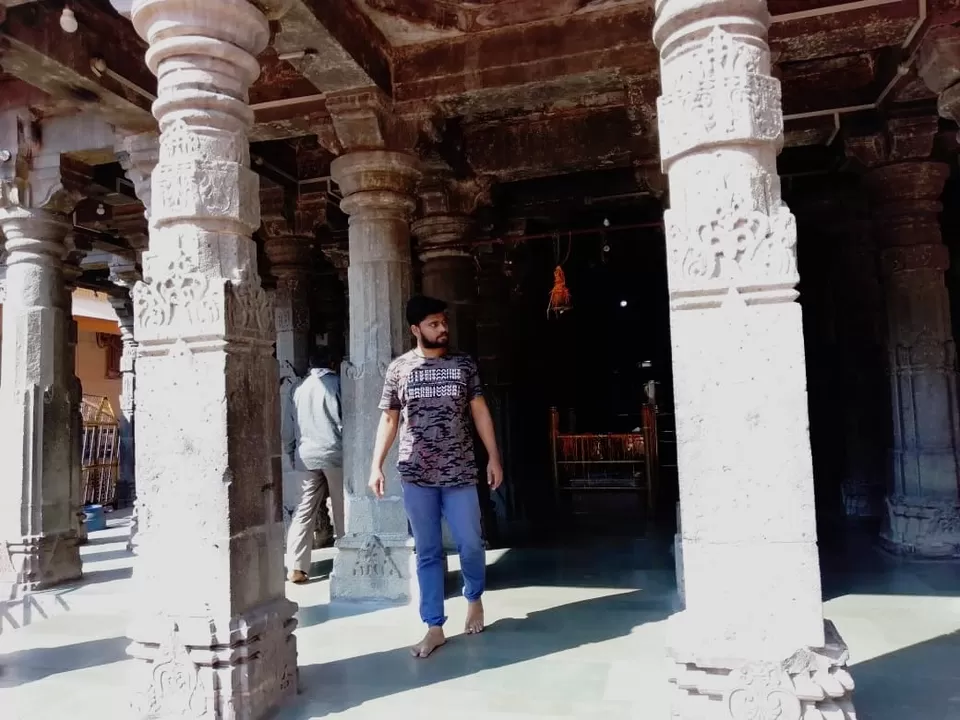
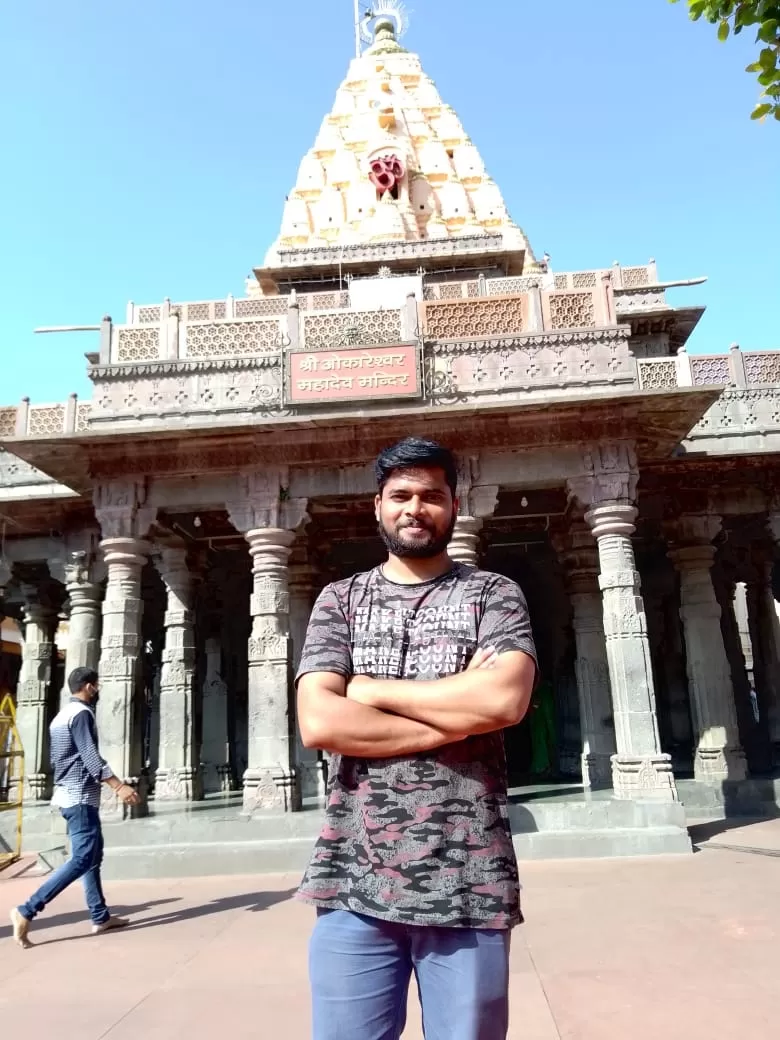
Participate in the Evening Aarti
As the sun sets, Ram Ghat comes alive with the mesmerizing glow of earthen lamps, more clanging of bells and chanting of mantras. This ritual, known as the Shipra aarti, takes place every evening to honor the river. The lamps are set afloat on the river, to be transported north to Lord Shiva's abode in the Himalayas. It's an unforgettable experience that soothes and uplifts with its tangible divine energy. Hire a boat and go out onto the river to get another perspective of it.
Sample Some Street Food
Ujjain's regional street food is a tempting fusion of Gujarati, Maharashtrian and Rajasthani delicacies. Dozens of pushcarts serving snacks converge on Tower Chowk, the sprawling square beside the city's landmark clock tower, in the evenings. There's a dizzying array of items to choose from including pani puri, bhel puri, vada pav, kachori, jalebi, samosa, poha, masala bhutta, different types of chaat, sabudana khichidi, western hot dogs, and ice cream. The ice gola (crushed flavored ice) coated with rabri (sweetened condensed milk) is unusual. It's foodie heaven!
Ujjain is also famous for its bhang thandai, although caution is advised. This milk drink is made with cannabis paste and is sold openly in shops there, where Lord Shiva presides. Don't be surprised, as bhang is a sacred substance in Hindu culture and is closely associated with the god. The Sri Mahakaleshwar Bhang Ghota, on Mahakaleshwar Road near the temple, is more than a century old. It was featured on popular Indian travel and food show "Highway on my Plate."
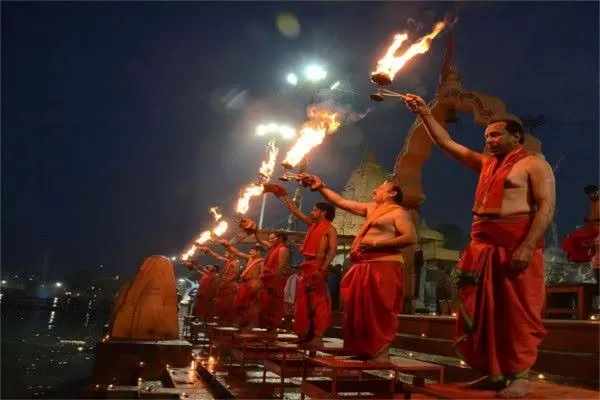
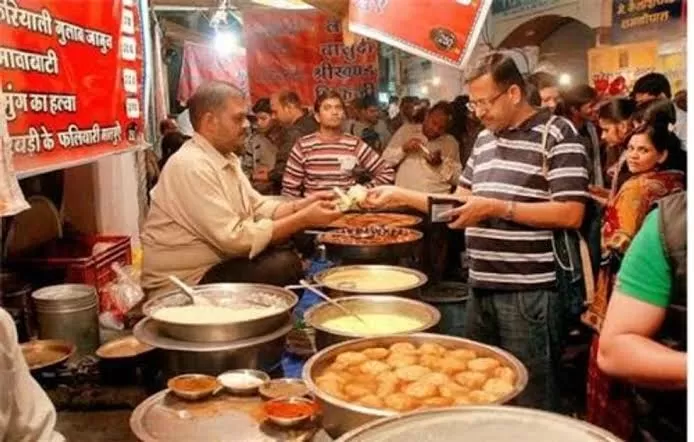
Bargain at the Bazaars
The colorful bazaars of Ujjain also reflect the city's charm. You'll find them in the streets north of the railway station, with the area around Gopal Mandir being the busiest. Amid the melee of vendors, vehicles and people there are all kinds of goods for sale ranging from copper statues to clothing. Textiles are plentiful and many shops are stocked with irresistible batik-printed cotton cloth, a local specialty known as dabu. Check out these tips for getting a good price.
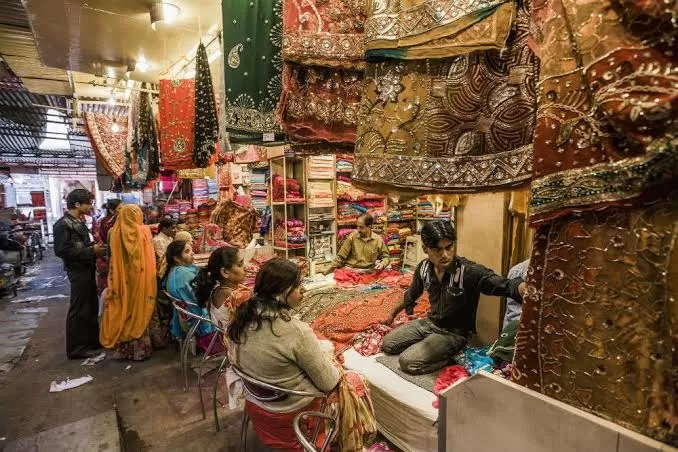
See Where Lord Krishna Studied
Those who are spiritually inclined will appreciate a stop at Sandipani Ashram on the way to Mangal Nath Mandir. It belongs to Sandipani Muni, the guru who is stated in Hindu scriptures to have taught Lord Krishna. Apparently, the ashram was a distinguished center of learning for more than 3,000 years! The priests who manage it today are direct descendants of the guru. What also makes the ashram unique is that it has a statue of Nandi (Lord Shiva's vehicle, the bull) in rare standing position. Other attractions include a shrine commemorating Sandipani Muni, an ancient Shiva temple, and a reservoir called Gomti Kund that provides water to the ashram. Lord Krishna is said to have pressed his feet on the ground there to bring water from the Gomti River. Two highlights are the spot where Lord Krishna washed his slate for writing and a set of footprints attributed to him. The ashram is still functional and conducts summer courses in the Vedas, specifically the Shukla Yajur Veda, every year from April to June.
Ujjain has a extraordinary geographical location-not only does the Tropic of Cancer pass through it, it was India's Prime Meridian (zero degrees longitude) before the world's official Prime Meridian was set at Greenwich in 1884. This was determined by ancient Indian mathematicians and astrologers way back when Ujjain was known as Avantika. It's documented in the Surya Siddhanta, one of the earliest Hindu texts on astronomy written in the 4th century. Ujjain was a crucial center for mathematical and astronomical research in the 6th and 7th centuries. Unfortunately, the city's first observatory was destroyed by invading Sultan Iltutmish, from Delhi, in 1235. It wasn't until the 18th century that Maharaja Sawai Jai Singh built the existing one, known as Jantar Mantar. It's one of five such observatories that he constructed in India (the others are in Delhi, Mathura, Varanasi and Jaipur), and the only one that's still in use. Its intriguing astronomical instruments work by casting shadows. Jantar Mantar is open daily and there's an entry fee of 10 rupees for adults. If you're there around noon on June 21, the day of summer solstice, the sun will move directly overhead and your shadow will completely disappear for a minute!
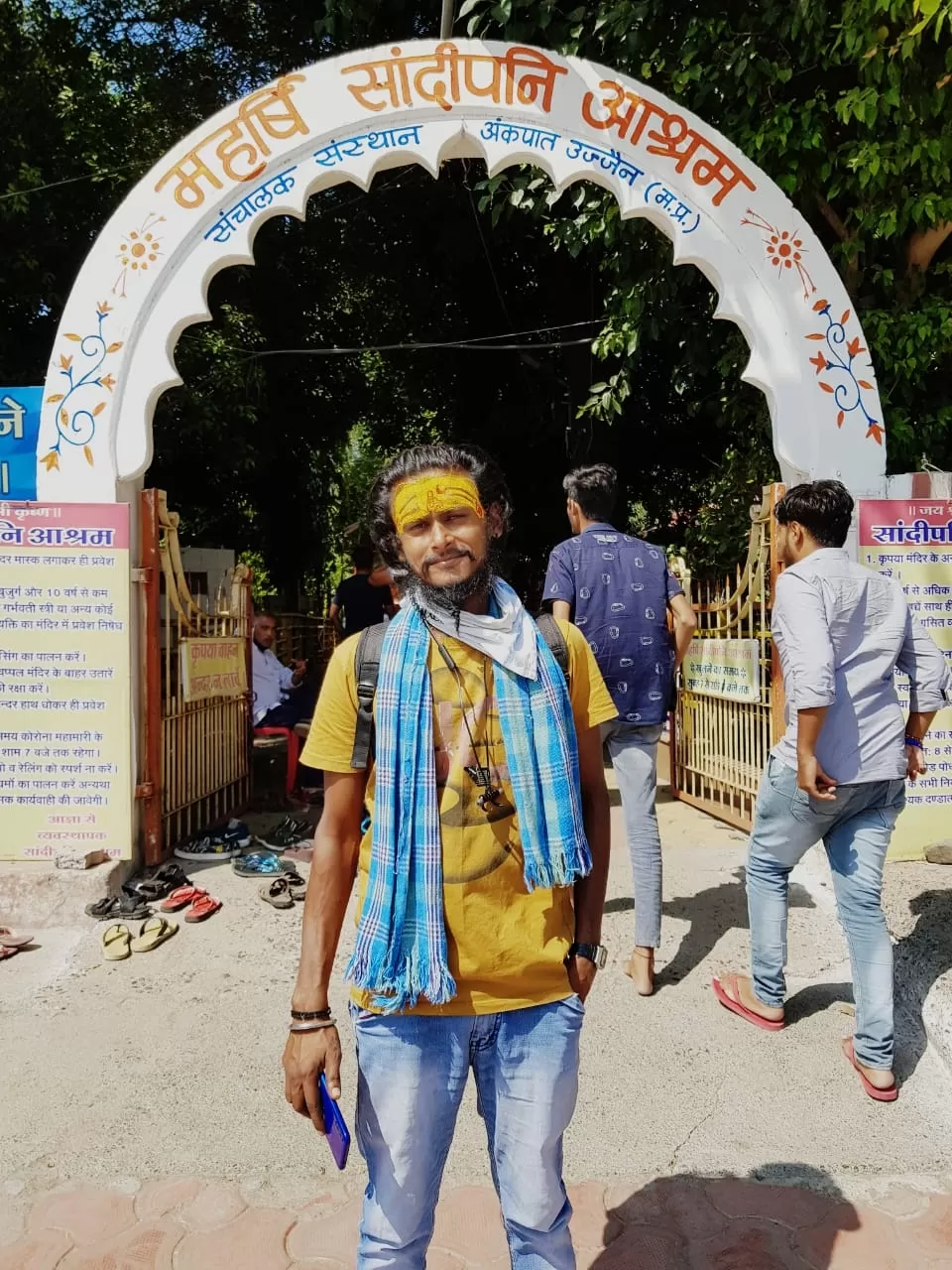
Step Back in Time at Ujjain's Museums
Ujjain has a few quality museums that will interest history and archaeology buffs. Just east of the railway station, Doctor V. S. Wakankar Sangrahalaya is named after the award-winning Indian archaeologist who accidentally discovered Madhya Pradesh's prehistoric painted Bhimbetka Rock Caves in 1957. They're one of India's little-known UNESCO world heritage sites. The museum has a fascinating collection of artifacts that include old rock art paintings.
The Triveni Art and Archaeological Museum (closed Mondays), just south of the lake, was set up in 2016. It has three separate galleries showcasing religious sculptures and art related to lords Shiva and Vishnu, and the female energy shakti. In addition, many artifacts from Vikram University's Vikram Kirti Mandir Museum have been moved to the museum. They consist of various items from civilizations in the Narmada Valley during the Vikram Era, dating back to 58 BC. Nearby, the Jain Museum has a comprehensive collection of artifacts belonging to the Jain religion.
Culture vultures should head to the Kalidasa Academy, a bit further down the road from Doctor V. S. Wakankar Sangrahalaya, as well. The Madhya Pradesh government established it in 1978 to preserve the works of poet Mahakavi Kalidasa, often referred to as the Shakespeare of India. Its purpose also extends to researching and promoting Sanskrit classical literature and arts in general. The massive campus has a library with more than 4,000 books (some of which are in English) that's open to the public. There are paintings, sculptures, manuscripts, stage costumes, masks, and musical instruments too. Plus, a garden with plants that were mentioned in Kalidasa's works. The academy holds a wide program of events such as workshops, plays, films, classical and folk music recitals, and the annual week-long Kalidasa Samaroh festival (usually in November each year).
